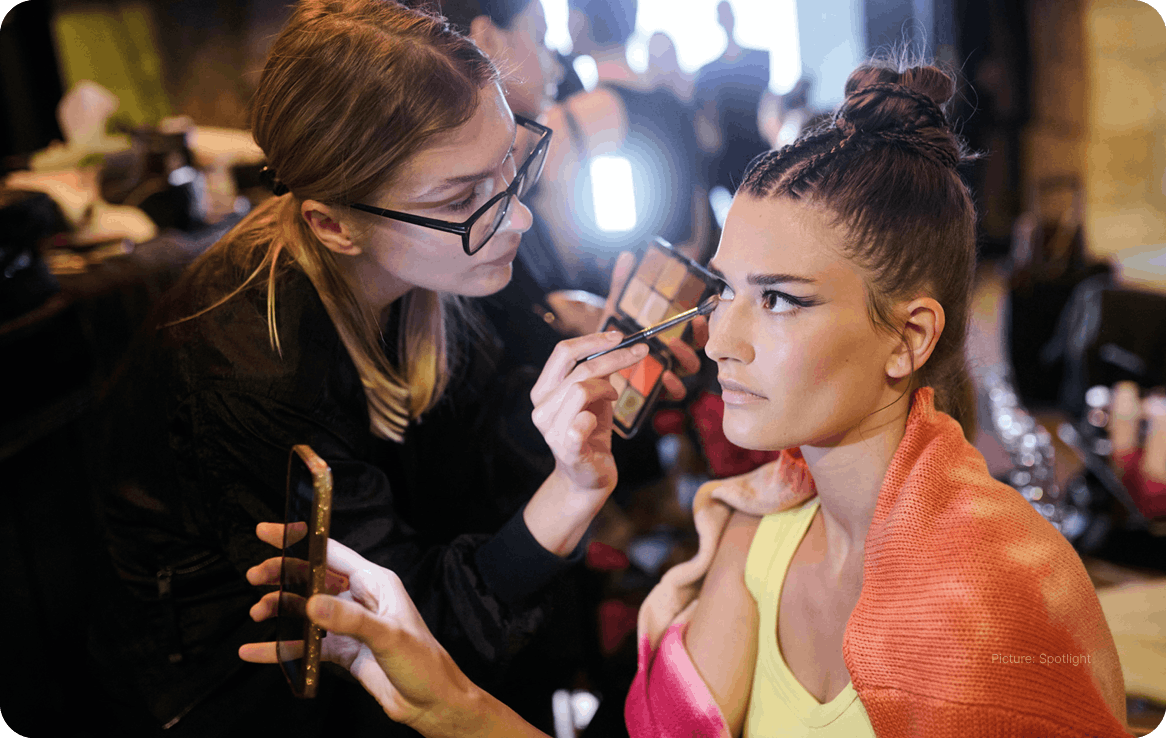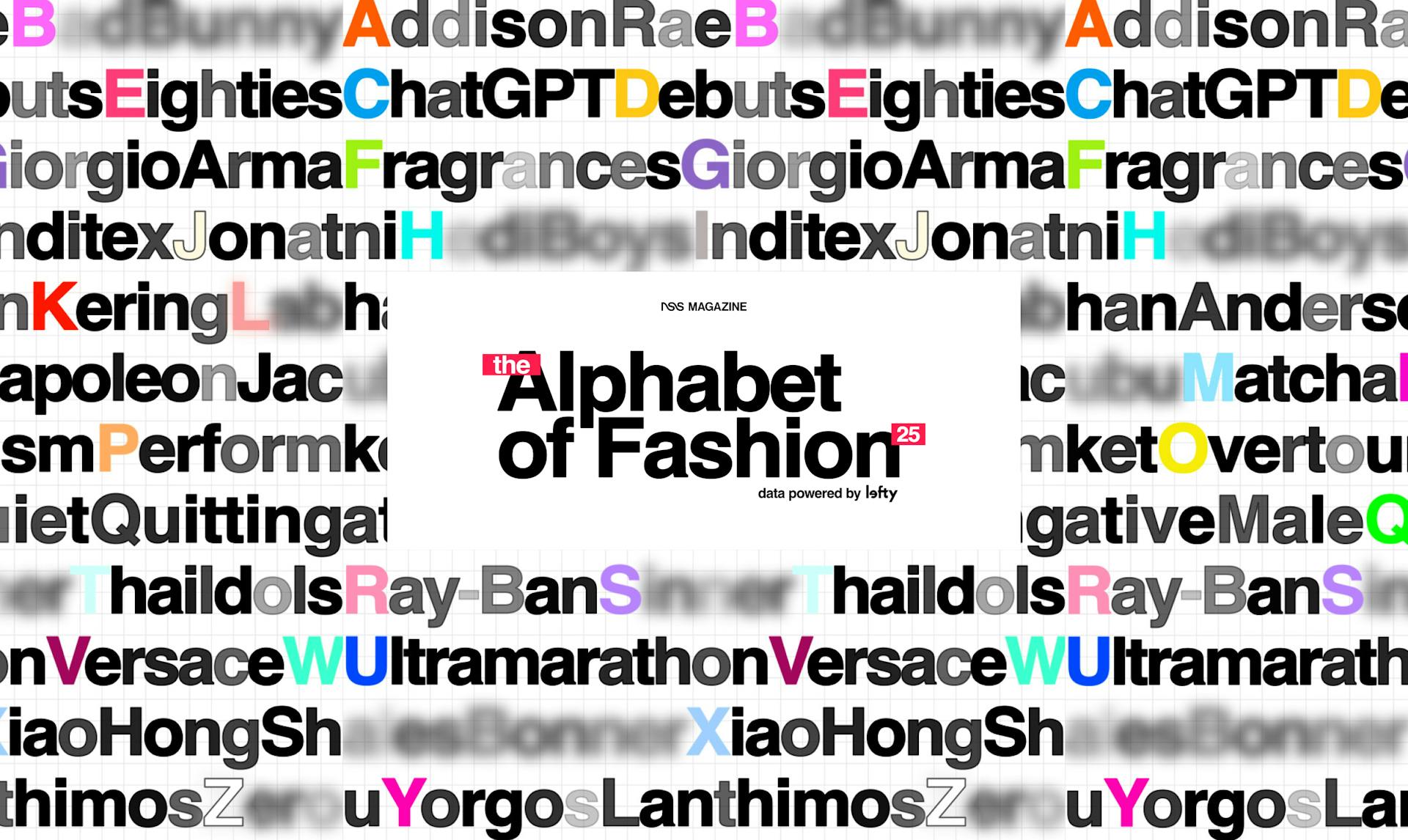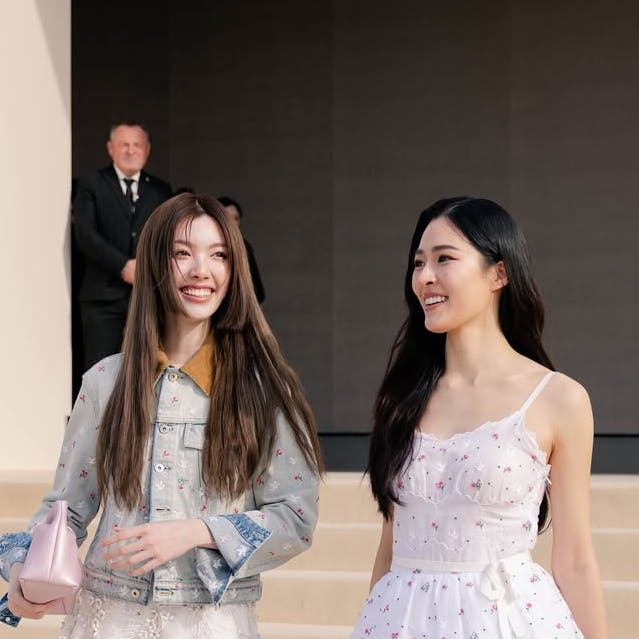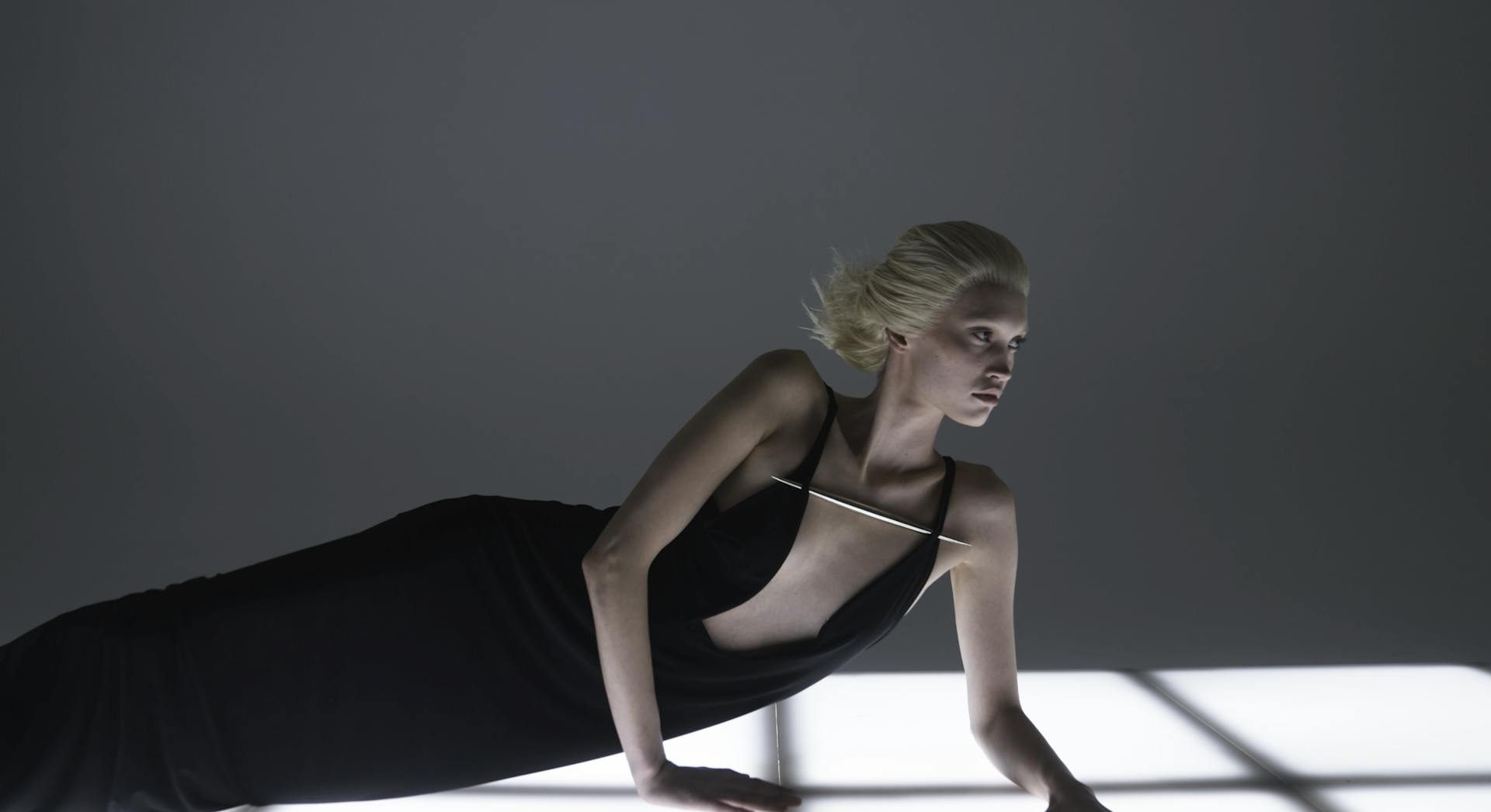Introduction
The beauty industry has transformed significantly over the past decade, and one demographic is leading the charge: Generation Z.
Born between 1997 and 2012, Gen Z has quickly become a formidable force in the beauty market. Their unique preferences and behaviors shape trends and dictate market dynamics.
In today's digital landscape, influencer marketing has become crucial for engaging this tech-savvy, socially-conscious generation. Gen Z is more skeptical of traditional advertising and prefers to get their information, recommendations, and endorsements from people (and companies) they connect to and trust.
This blog post explores how leading beauty brands are harnessing the power of influencer marketing to drive sustainable growth, offering valuable insights for marketers and e-commerce professionals.
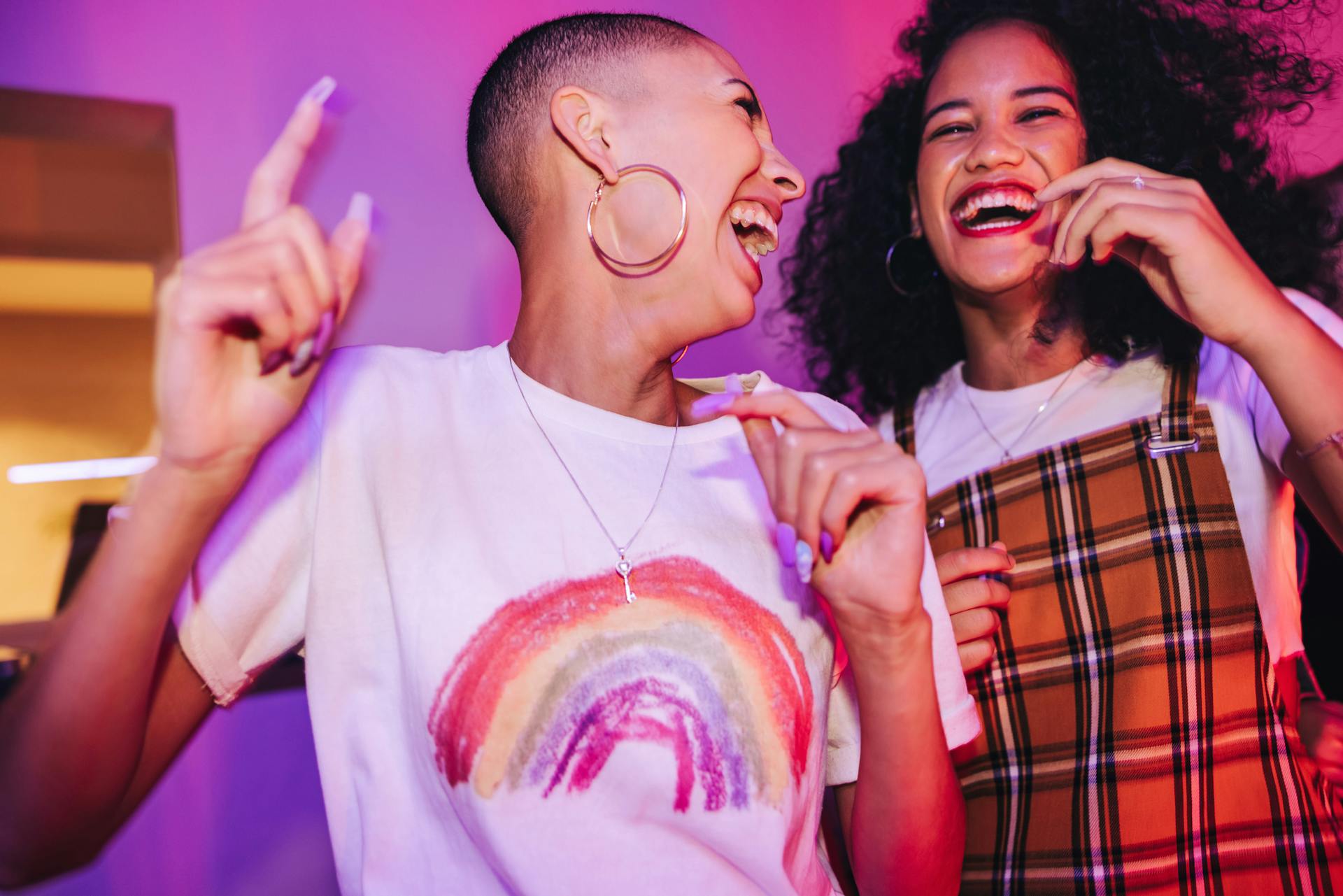
Understanding Gen Z: Characteristics and Preferences
Demographics and Psychographics of Gen Z
Gen Z is characterized by its diversity, digital nativity, and commitment to social issues. They value authenticity, inclusivity, and environmental sustainability. Gen Z is also highly informed as a cohort and tends to research products and brands before purchasing.
Gen Z's Beauty and Skincare Preferences
Gen Z gravitates toward beauty and skincare products that promise efficacy, ethical sourcing, and inclusivity. For them, the best skincare products and beauty brands are environmentally responsible and transparent about their ingredients and manufacturing processes.
Why Influencer Marketing Resonates With Gen Z
- Authenticity and Transparency:
- Influencers who are genuine and transparent about their experiences with products resonate deeply with Gen Z. This generation values honesty and often relies on influencers to provide unbiased reviews. A 2023 study by Morning Consult found that 61% of Gen Z and Millennial consumers trust the opinions of social media influencers.
- Social Media Engagement:
- Gen Z spends significant time on social media platforms such as Instagram, YouTube, and TikTok, interacting with content and personalities they connect with and enjoy. Influencers on these platforms provide a direct line to these users, making it easier for brands to engage with a new audience.
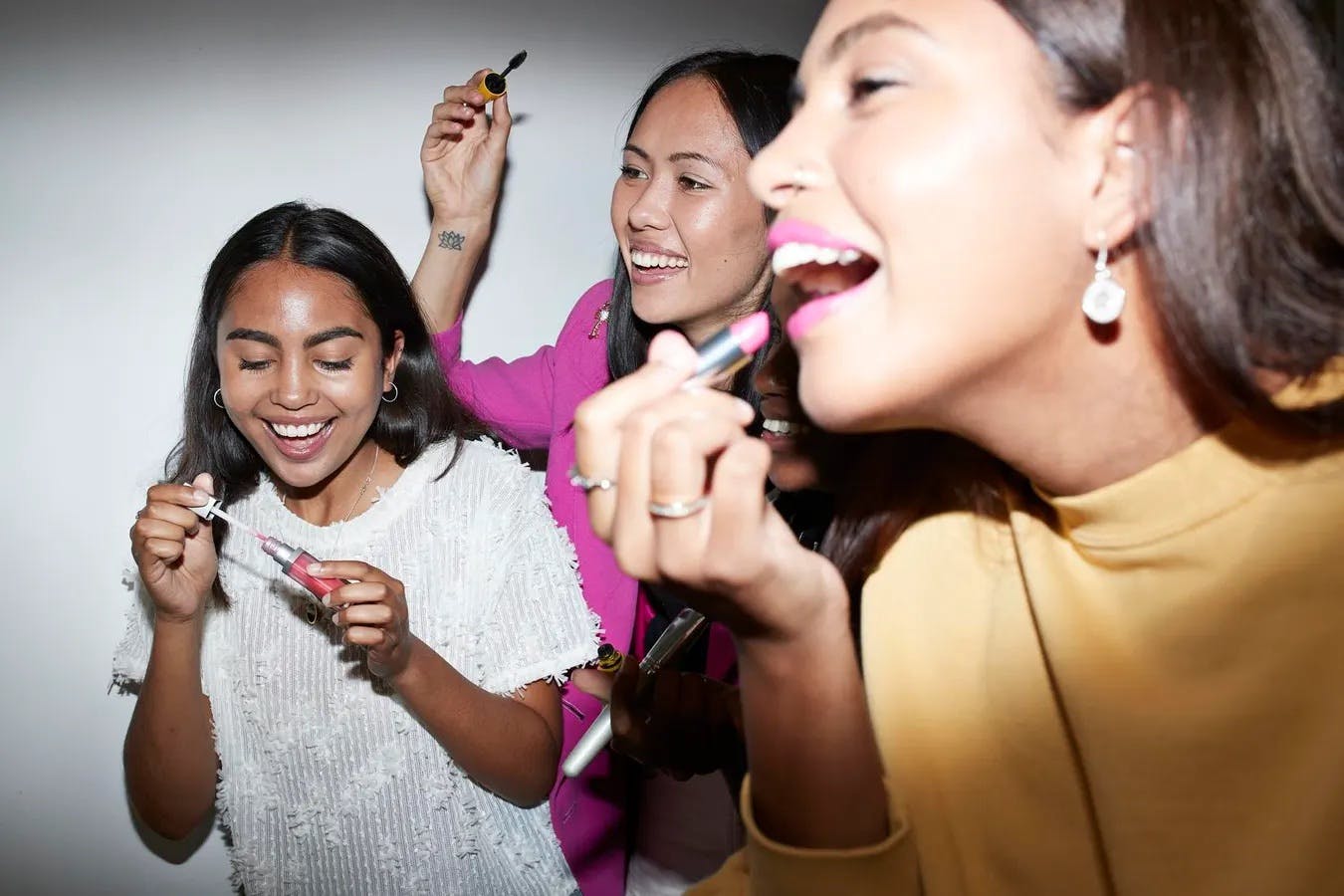
The Role of Influencer Marketing in Beauty Brands
Definition and Types of Influencer Marketing
Influencer marketing involves collaborating with individuals with a significant social media following to promote products. Lefty categorizes influencers into tiers based on follower count:
- Mega influencers: These influencers are likely celebrities or major influencers with over one million followers.
- Top influencers: These individuals have significant influence, often collaborating with brands to reach audiences of 300,000 to one million followers.
- Macro-influencers: These social media personalities have moderate followings, between 100,000 and 300,000 followers.
- Micro-influencers: These accounts typically have 10,000 to 100,000 highly engaged followers.
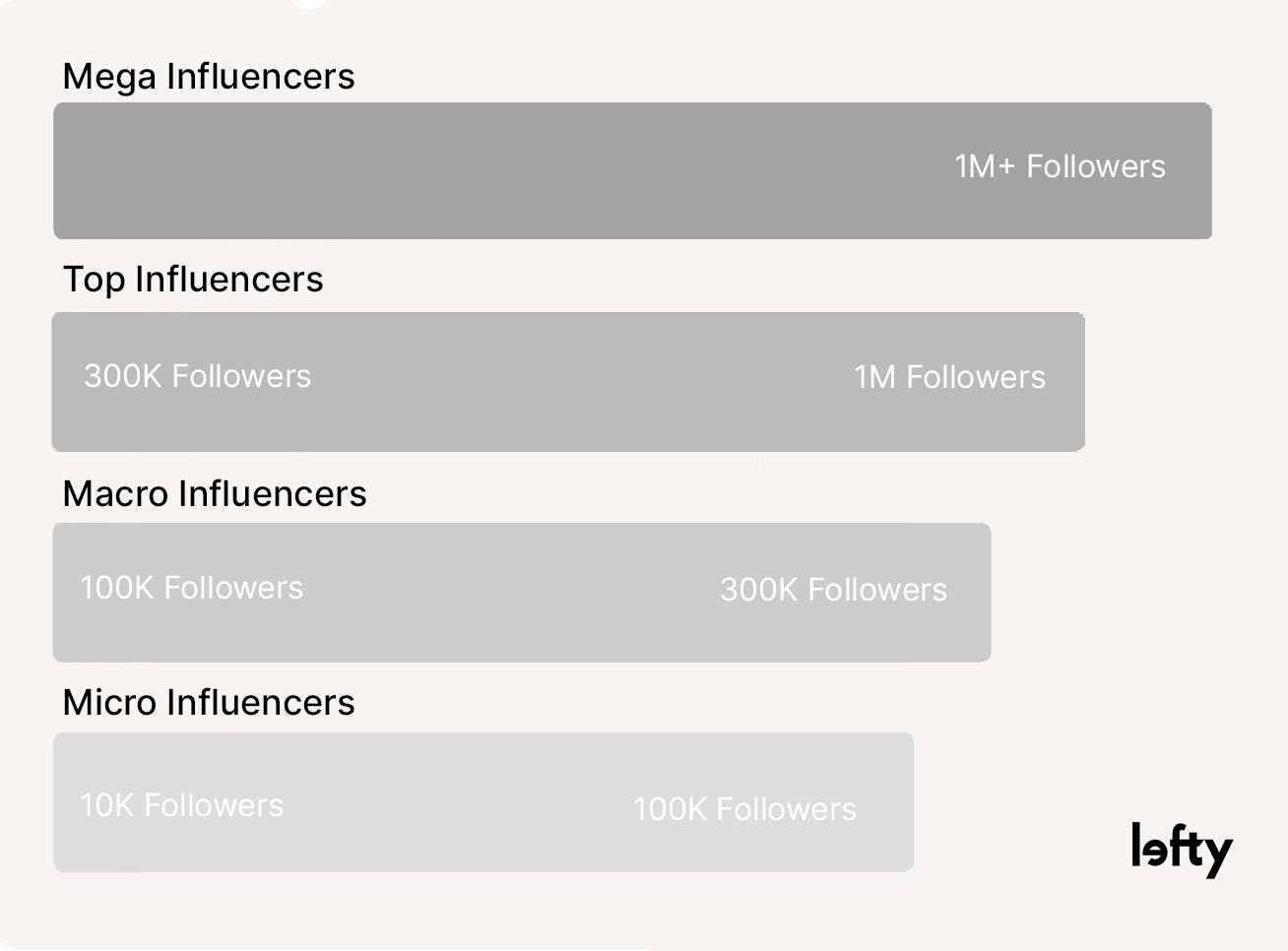
Benefits of Influencer Marketing For Beauty Brands
- Enhanced Brand Awareness: Influencers can introduce brands to new audiences, improving visibility and reach.
- Credibility and Trust: Influencers establish a genuine connection with their followers, and their recommendations lend credibility and trust to the brands they endorse.
- Effective Targeting: Influencer marketing allows brands to target niche audiences and engage with specific consumer segments, leading to more personalized and impactful marketing efforts.
Finding the Right Influencers For Your Brand
How to find Influencers
- Criteria for Selecting Influencers: Look for social media personalities that align with your brand values, target engagement rates, and audience demographics.
- Influencer Databases and Marketplaces: Platforms like Lefty provide a comprehensive database of influencers across social networks, helping you find the right fit based on your specific criteria.
- Social Media Platforms: Use relevant hashtags and engagement metrics on Instagram, YouTube, and TikTok to find influencers who align with your brand or have already organically mentioned your products.
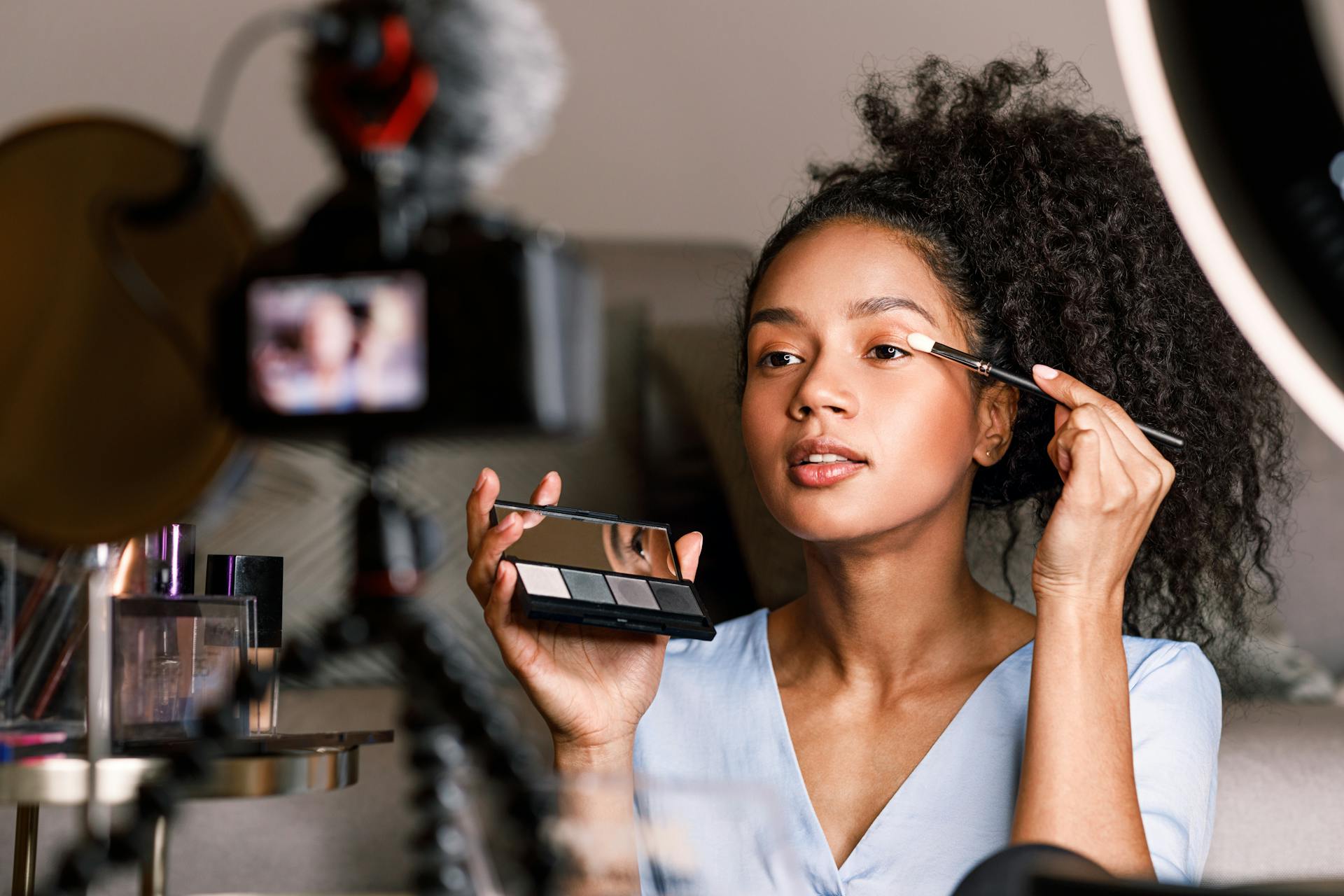
How to Find YouTube Influencers
The Importance of YouTube in Beauty Marketing
YouTube is a viral platform for beauty tutorials, reviews, and product demonstrations. It was the first social media platform to create a community of beauty influencers and showcase beauty products in digital video format. YouTube continues to hold weight in the beauty community, with beauty vloggers comprising 86% of the most popular influencers on the platform.
Strategies to Find YouTube Influencers
- Using YouTube Search and Filters: Search for keywords related to beauty and skincare and use filters to find influencers with high engagement. Look for influencers who have previously discussed your products and align with your brand values.
- Analyzing Engagement and Audience Demographics: Look beyond subscriber counts to assess engagement rates and audience demographics. Metrics available on websites like Socialblade, such as the average number of likes and comments on videos, can indicate engagement or the evolution of their subscriber count.
- Dive Into the True Crime Beauty Community: Lefty found that in the first two quarters of 2024, the top beauty influencers on YouTube mixed makeup tutorials with true crime storytelling, an up-and-coming format across social networks. This format can ensure high visibility and engagement on any campaign, as seen by the success of Bailey Sarian, the #1 influencer in the beauty category in 2024.
Discover the Power of Micro-Influencers
Why Collaborate With Micro-Influencers?
- Higher Engagement Rates: Micro-influencers may have smaller audiences but typically boast more engaged followers, leading to authentic interactions.
- Cost-Effectiveness: Partnering with micro-influencers is generally more budget-friendly than macro-influencers, offering higher ROI.
How to Identify the Right Micro-Influencers:
- Explore Niche Communities and Hashtags: Dive into specific online communities and track relevant hashtags to uncover active micro-influencers within your target audience.
- Utilize Micro-Influencer Platforms and Tools: Platforms like Lefty can help streamline the discovery and management of micro-influencer partnerships, ensuring effective collaborations and allowing you to forecast the results of your influencer campaign before launch.
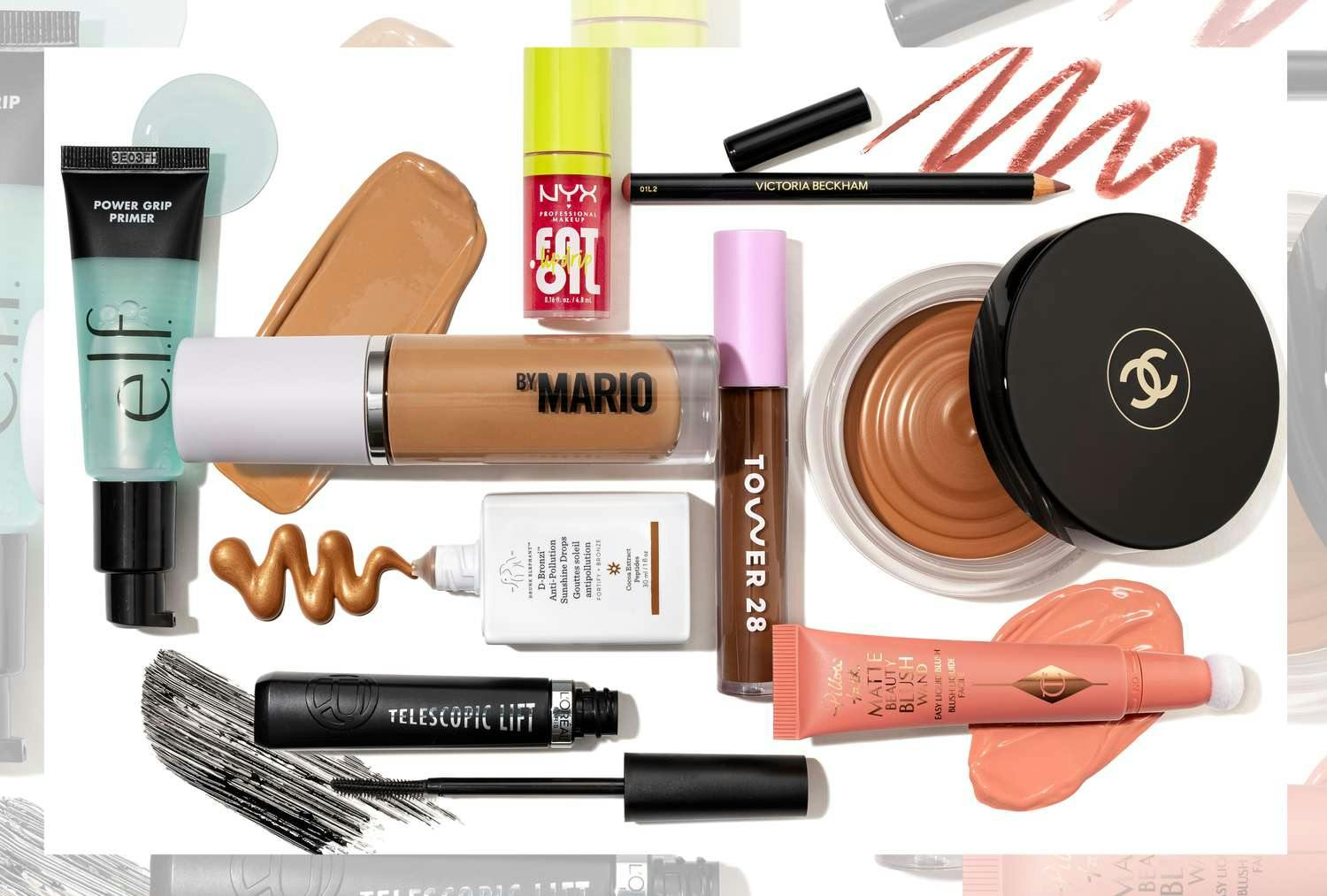
Building Effective Influencer Partnerships
Steps to Initiate and Build Partnerships With Influencers:
- Outreach and Negotiation: Approach influencers with clear proposals and negotiate mutually beneficial terms. This contact is most commonly established through email (if provided) or via direct messages on their social media account.
- Setting Clear Goals and Expectations: Define objectives, deliverables, and KPIs upfront to ensure alignment.
Crafting Compelling Influencer Campaigns:
- Content Creation and Collaboration: Work closely with influencers to co-create relatable content that resonates with their followers and matches your brand values.
- Monitoring and Measuring Campaign Success: Use analytics tools to track the performance of influencer campaigns and adjust strategies as needed.
- Maintaining Long-Term Relationships With Influencers: Through regular communication and collaboration, foster ongoing relationships with influencers. This will help you create more authentic content and nurture a relationship with the influencer’s audience.
Gen Z's Favorite Beauty Brands and Their Influencer Strategies
Overview of Top Beauty Brands Popular with Gen Z
Brands like Rare Beauty, Glossier, Fenty Beauty, and The Ordinary have captivated Gen Z with their innovative products and authentic marketing. These brands understand what Gen Z is looking for, cater to their preferences, and centralize their messaging to their digital platforms.
Analysis of Selected Brands' Influencer Strategies
- Rare Beauty: This famous brand focuses on micro-influencers to maintain authenticity and reliability, with over 50% of influencers posting about the brand on Instagram.
- Glossier: This cult brand utilizes top influencers on TikTok for product launches and high-impact campaigns. To capture the attention of Gen Z, Glossier focuses most of its strategy on TikTok (as opposed to Instagram), releasing over three times more posts about the brand on the video platform.
- The Ordinary: More than a third of The Ordinary’s total brand visibility comes from leveraging macro-influencers on Instagram. This functional beauty brand uses highly engaging Instagram reels to appeal to younger audiences passionate about skincare and makeup.
Lessons Learned From These Brands:
Effective influencer strategies prioritize authenticity, engagement, and alignment with brand values. Using a well-rounded approach and partnering with the right influencers across any following tier can lead to significant impact and product visibility.
Additionally, if you’re not an already established celebrity-run brand (like Rare Beauty or Fenty Beauty), partnering with a couple of high-profile accounts ( helps boost brand awareness. Successful relationships with these mega influencers can create a dedicated audience among Gen Zers who want to emulate and support their favorite celebrities or social media personalities.
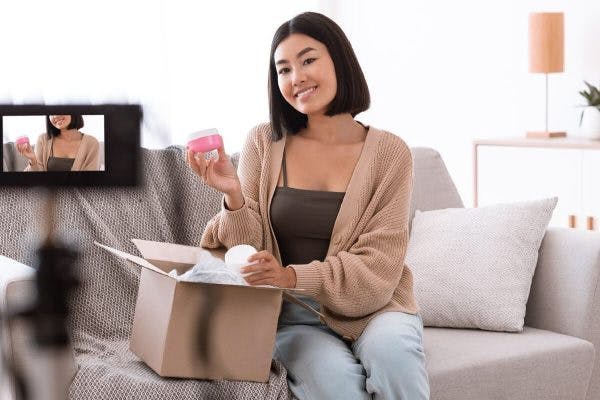
The Impact of Influencer Marketing on Sustainable Growth
Measuring the ROI of Influencer Marketing Campaigns:
- Sales and Revenue Growth: Track sales conversions attributed to influencer campaigns using unique influencer codes. These codes make it easy to see which influencers generate the most clicks and sales with their content.
- Brand Awareness and Loyalty: Use social listening tools to measure brand awareness and increases in customer loyalty. Follow the evolution of your brand’s follower account across social networks, and carefully measure any gains in impressions or engagement with your posts during and after the campaign.
Long-Term Benefits of Influencer Marketing For Beauty Brands:
- Building a Community: Influencer collaborations help brands position themselves in the community they want to tap into and create loyal, engaged customers. Over half of marketers running influencer marketing campaigns report that this strategy helped them acquire better customers.
- Enhancing Brand Reputation and Trust: 33% of Gen Z report that they rely on the opinions of online influencers more than their family or friends. This indicates that positive influencer endorsements foster trust and strengthen brand reputation and are vital for selling to and developing a relationship with this demographic.
Conclusion
Influencer marketing is a powerful tool for beauty brands that want to connect with Gen Z and drive sustainable growth. These companies can achieve significant marketing success by understanding the characteristics and preferences of this demographic, finding the right influencers, and building effective partnerships. As we look to the future, trends suggest that influencer marketing will continue to evolve, offering new opportunities for brands to innovate and thrive.
Leverage the power of influencer marketing to propel your beauty brand forward. Stay informed, stay engaged, and harness the potential of these dynamic marketing strategies for your brand's long-term success.
